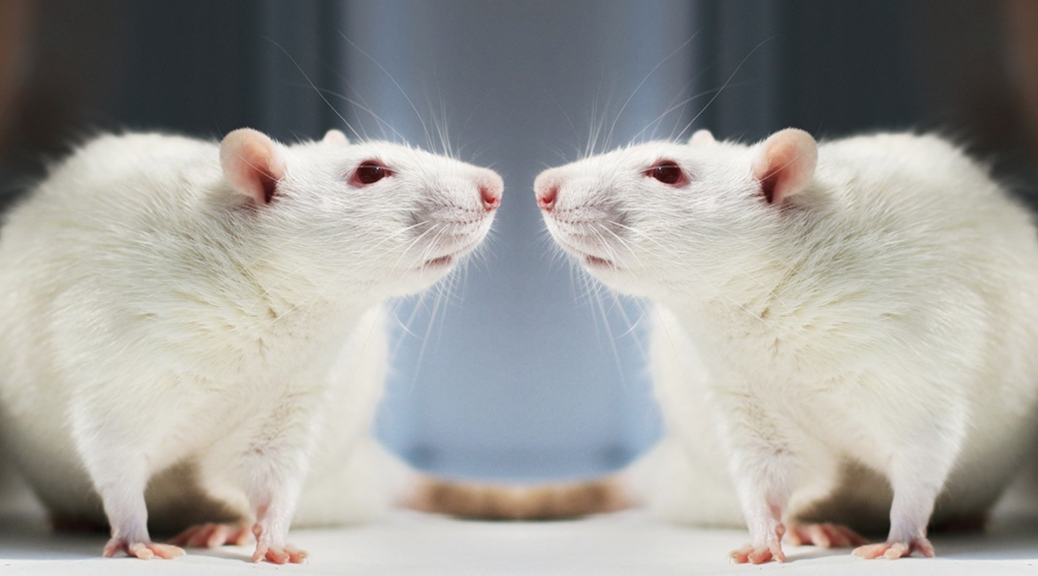Novel anti-cancer mechanism identified by shRNA/siRNA off-target effects
RNAi off-target effects takes an interesting turn for cancer research as reported in eLIFE by Putzbach et. al. A specific group of survival genes in cancer cells was revealed thanks to the off-target effects of siRNAs/shRNAs.








